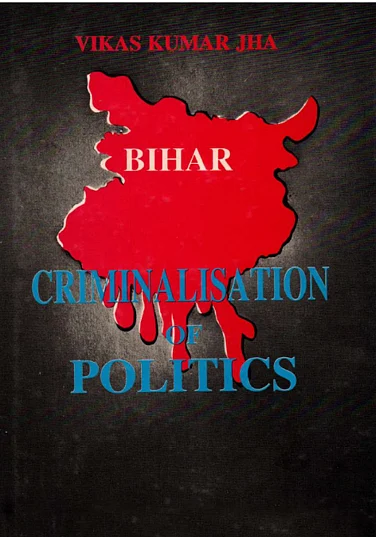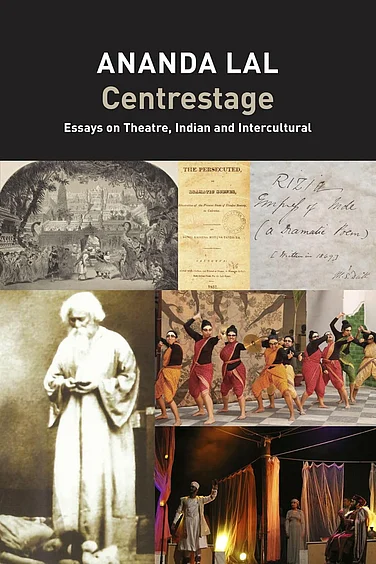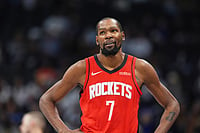Kishwar illustrates this argument with examples drawn from her activism. The Kafkaesque bureaucracy is illustrated tellingly by the agonies of Delhi’s rickshaw-pullers facing the license-permit raj. (Her group, Manushi, had organised a series of public hearings against it.) But globalisation, or India’s version of it, hasn’t forced better governance anywhere. It may draw attention to administrative failures, but it does not provide corrective measures in itself.
The second half—on ethnic conflict and political responses—is more ambitious. Kishwar has her own version of a pre-British golden age in which Hindus, Muslims and Sikhs coexisted peacefully under traditional mechanisms of conflict resolution. This is a puzzling and unlikely story, but it only mildly detracts from the thesis that modernism created new forms of communal conflict and new institutional mechanisms for prolonging them, which is by now well accepted.
The most interesting articles are at the end of the book, when Kishwar puts forward proposals for a Kashmir settlement based on a plebiscite and partial UN trusteeship (impractical given the UN’s poor track record in rights monitoring), and offers examples of majority-minority power-sharing. These are tantalisingly brief—more detail and a contextual discussion would have been useful. In a sense, the book ends where it should have begun. Kishwar’s ideas for solutions could then have been followed by discussion of whether and how these can be implemented given the obstacles she describes.





















